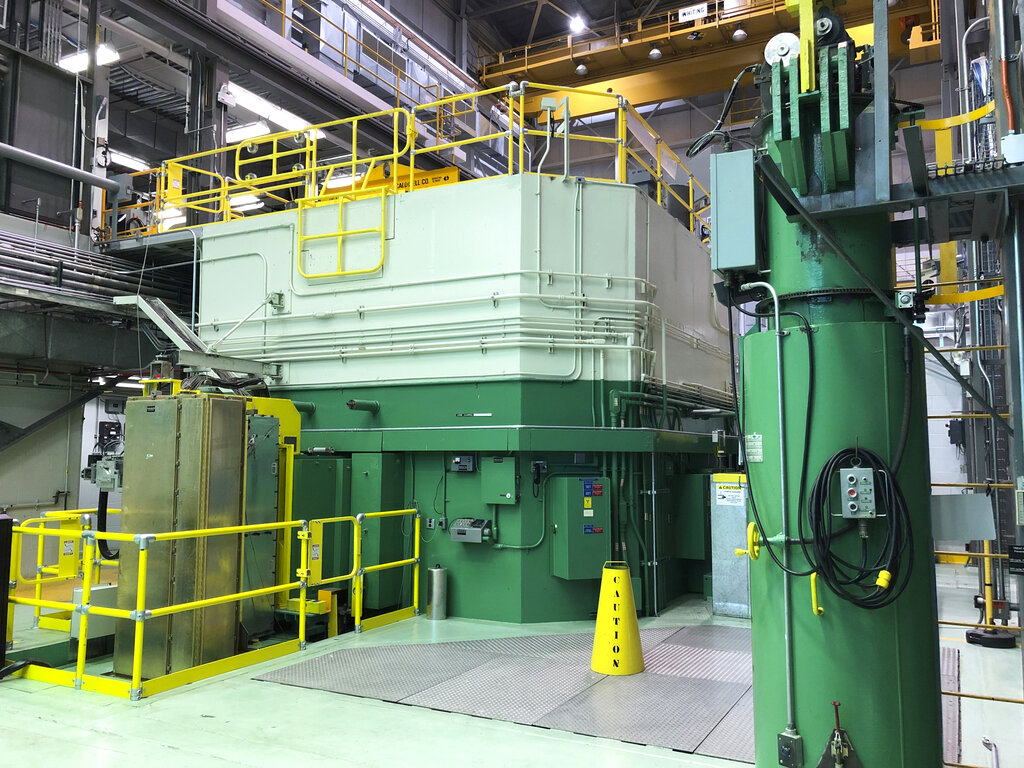THE ASSOCIATED PRESS
The U.S. Department of Defense (DOD) is taking input on its plan to build an advanced mobile nuclear microreactor prototype at the Idaho National Laboratory in eastern Idaho.
The department began a 45-day comment period September 24, 2021, with the release of a draft environmental-impact study evaluating alternatives for building and operating the microreactor that could produce 1 to 5 megawatts of power. The mobile reactors can be used to power remote operating bases and could reduce the need for investment in costly power infrastructure as the department’s energy needs increase, according to DOD documents.
“A safe, small, transportable nuclear reactor would address this growing demand with a resilient, carbon-free energy source that would not add to the DOD’s fuel needs, while supporting mission-critical operations in remote and austere environments,” the Department of Defense said.
The draft environmental-impact statement cites President Joe Biden’s January 27 executive order prioritizing climate change considerations in national security as another reason for pursuing microreactors. The document said alternative energy sources such as wind and solar were problematic because they are limited by location, weather and available land area, and would require redundant power supplies.
The department said it uses 30 terawatt-hours of electricity per year and more than 10 million gallons (37.9 million liters) of fuel per day. Powering bases using diesel generators strains operations and planning, the department said, and need is expected to grow during a transition to an electrical, nontactical vehicle fleet. Thirty terawatt-hours is more energy than many small countries use in a year.
The department in the 314-page draft environmental-impact statement said it wants to reduce reliance on local electric grids, which are highly vulnerable to prolonged outages from natural disasters, cyberattacks, domestic terrorism and failure from lack of maintenance.
New technologies such as drones and radar systems increase energy demands, the department said.
The Idaho National Laboratory is on the U.S. Department of Energy’s 890-square-mile (2,305-square-kilometer) desert site, about 50 miles (80 kilometers) west of Idaho Falls. All prototype reactor testing would take place on the Energy Department site.
The lab is considered the nation’s leading nuclear research lab and has multiple facilities to aid in building and testing the microreactor. The DOD said a final environmental impact statement and decision about how or whether to move forward is expected in early 2022.
If approved, preparing testing sites at the Idaho National Lab and then building and testing of the microreactor would take about three years. (Pictured: This Transient Test Reactor at the Idaho National Laboratory is at the site where the Department of Defense wants to build an advanced mobile nuclear microreactor prototype.)
Two mobile microreactor designs are being considered, but the department said detailed descriptions are unavailable because both are in early stages of development. The department said both designs are high-temperature gas-cooled reactors that use enriched uranium for fuel.
The type of enriched uranium to be used can withstand high temperatures, “allowing for a reactor design that relies primarily on simple passive features and inherent physics to ensure safety,” the draft environmental-impact statement states.
Building the mobile reactor and fuel fabrication would be done outside Idaho and then shipped to the Idaho National Laboratory where the final assembly, fuel loading and a demonstration of the reactor’s ability to operate would occur.
The department said the microreactor would be able to produce power within three days of delivery and can be safely removed in as few as seven days.
IMAGE CREDIT: THE ASSOCIATED PRESS

